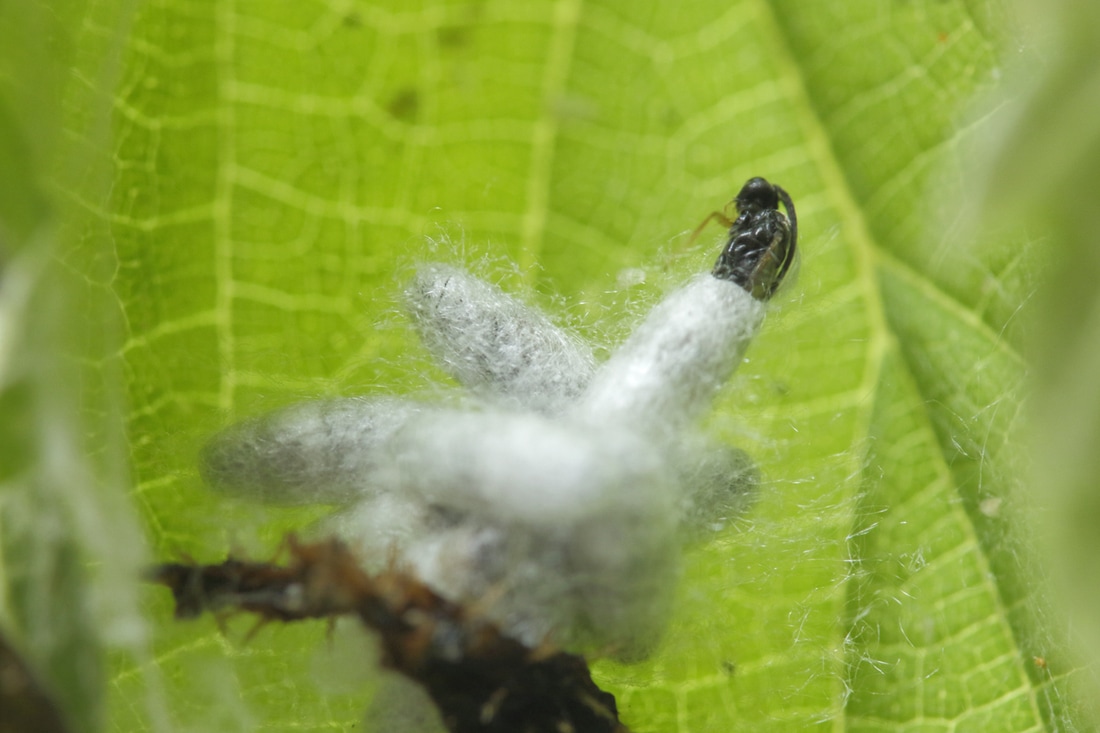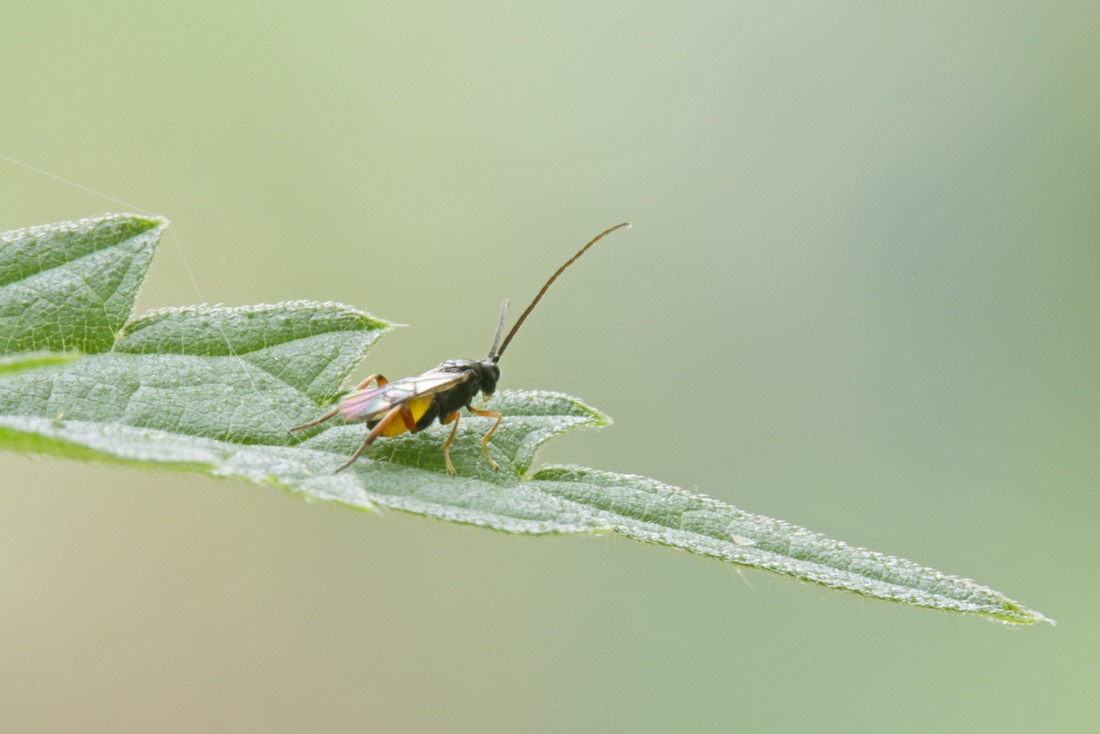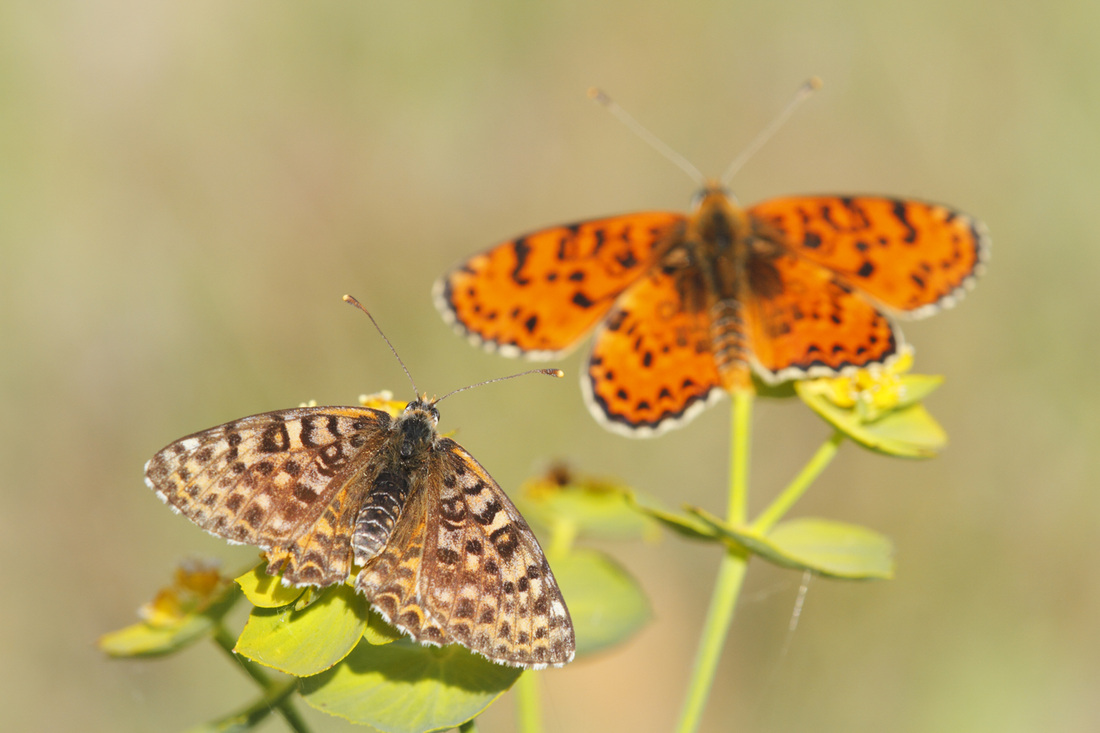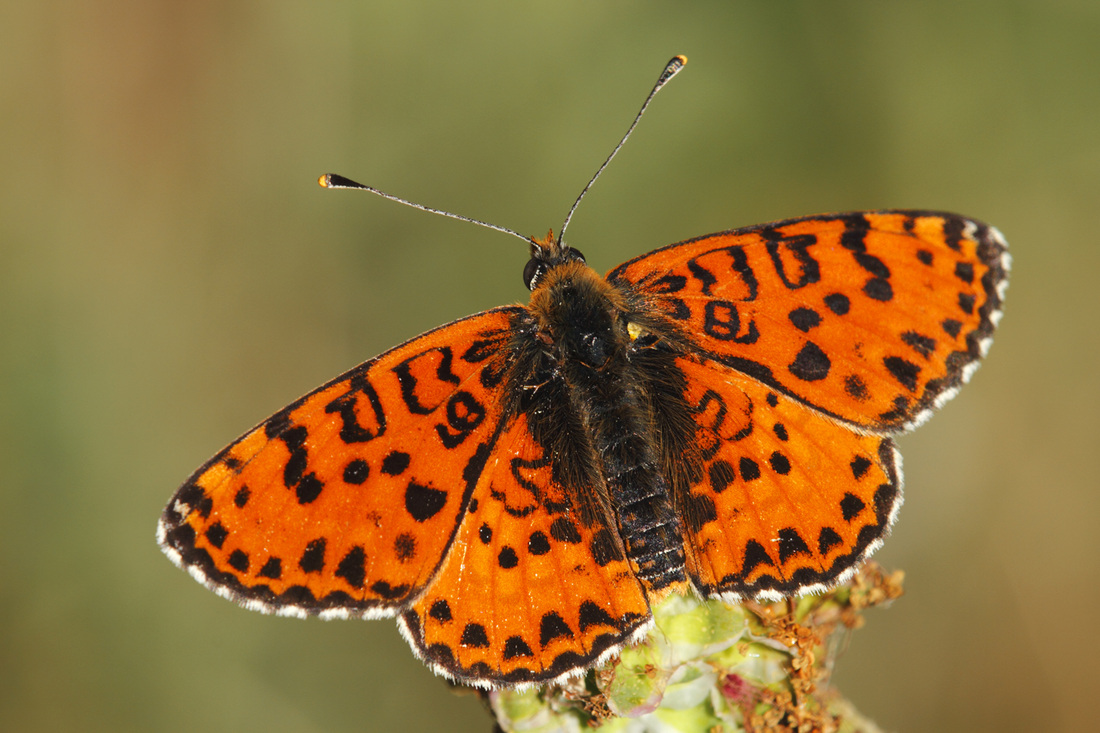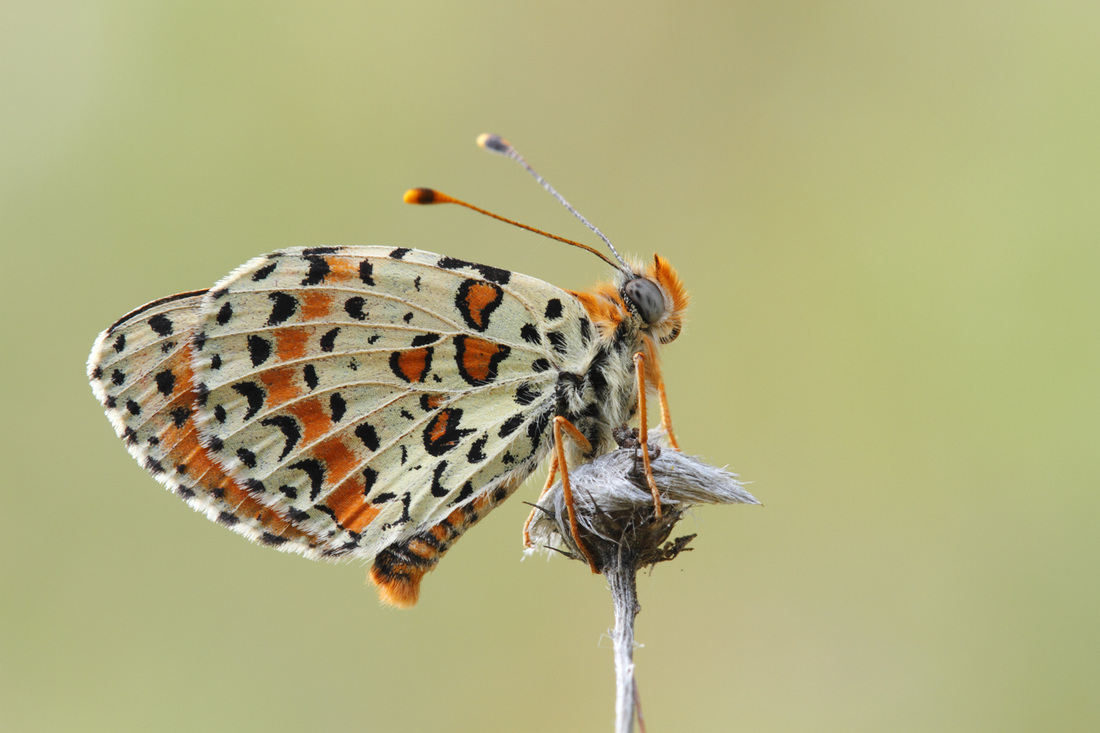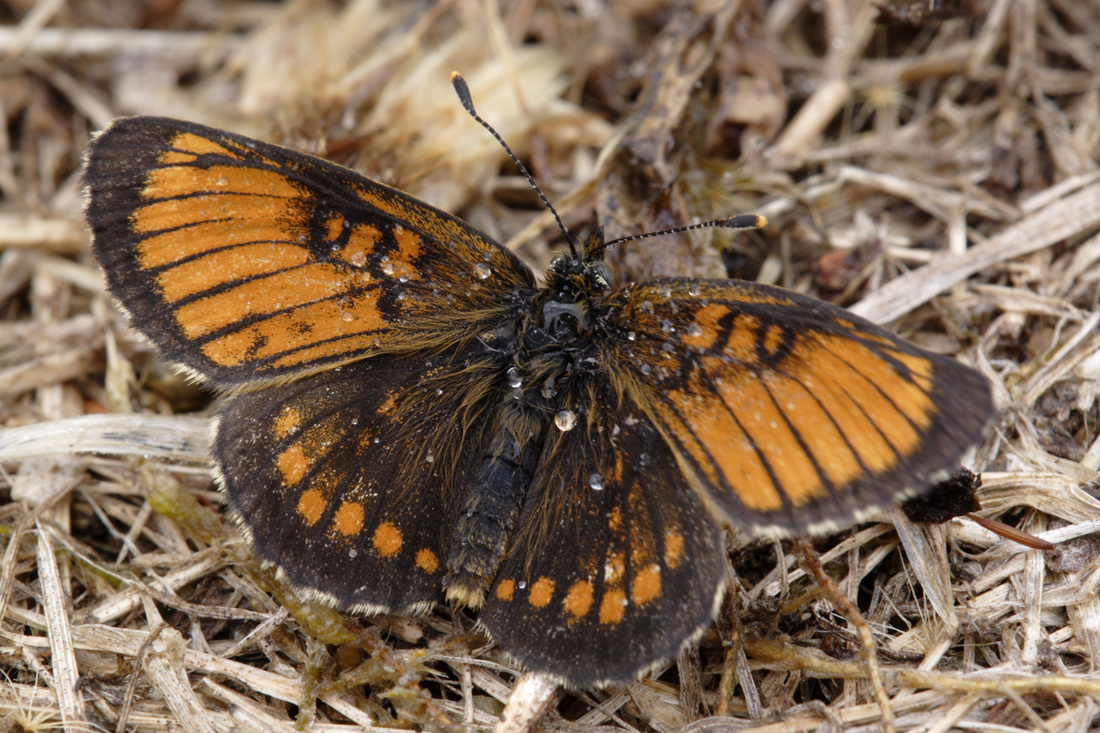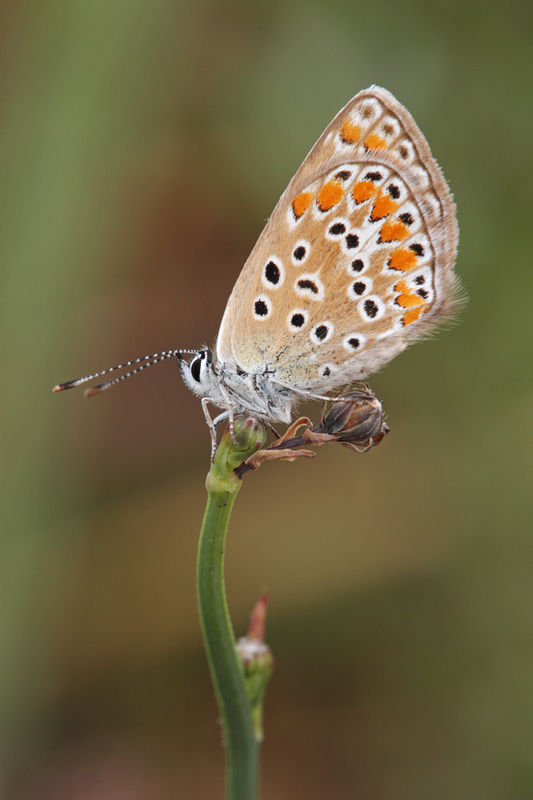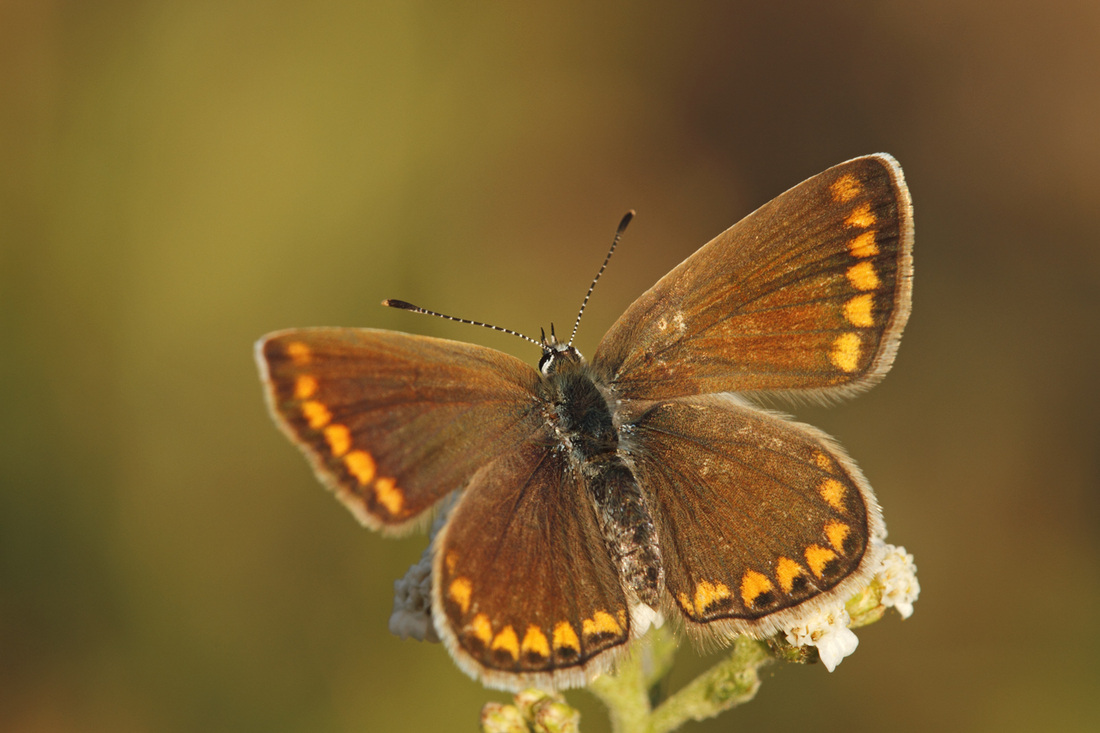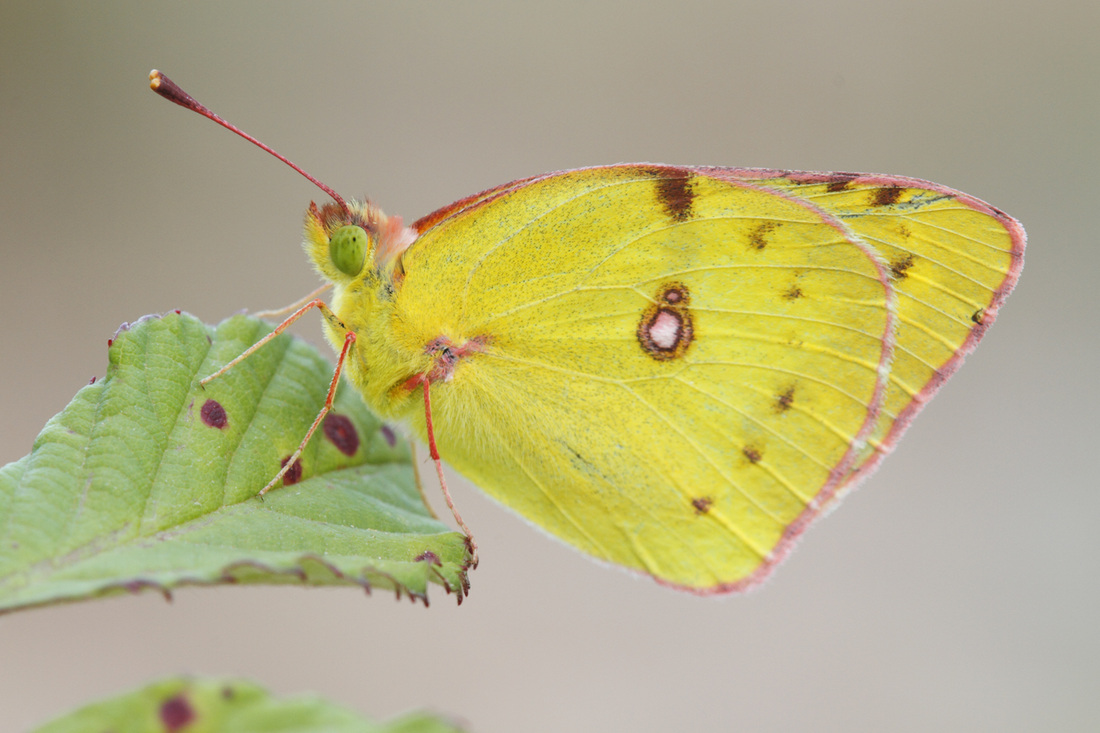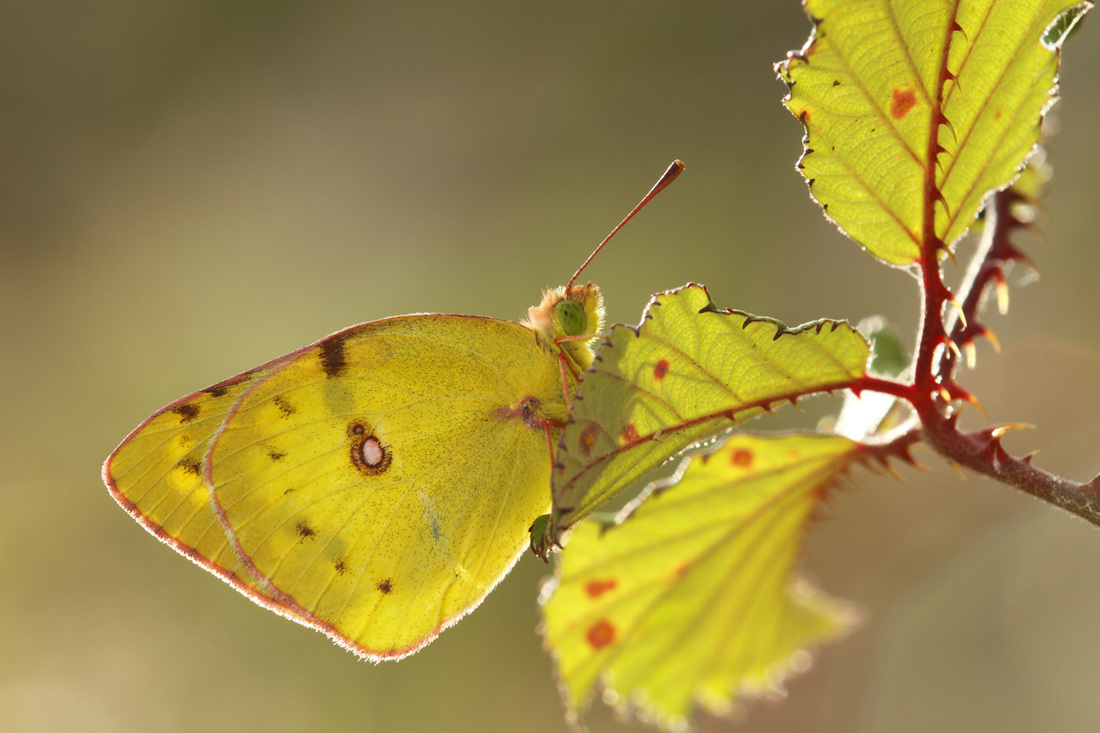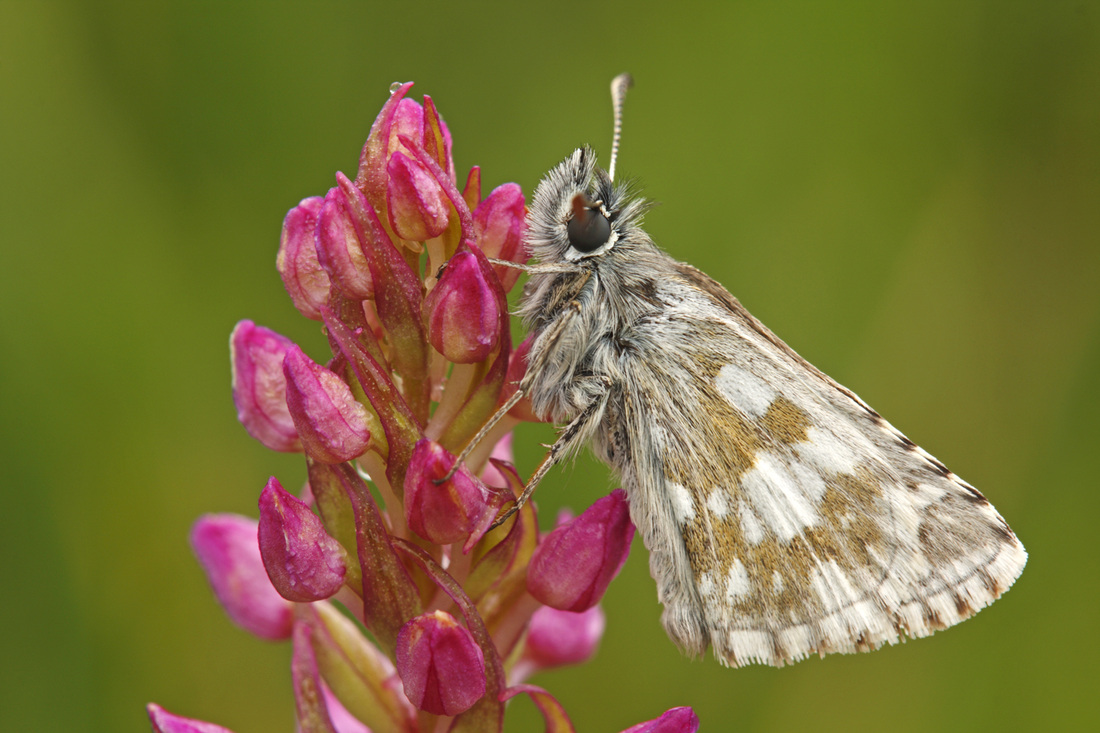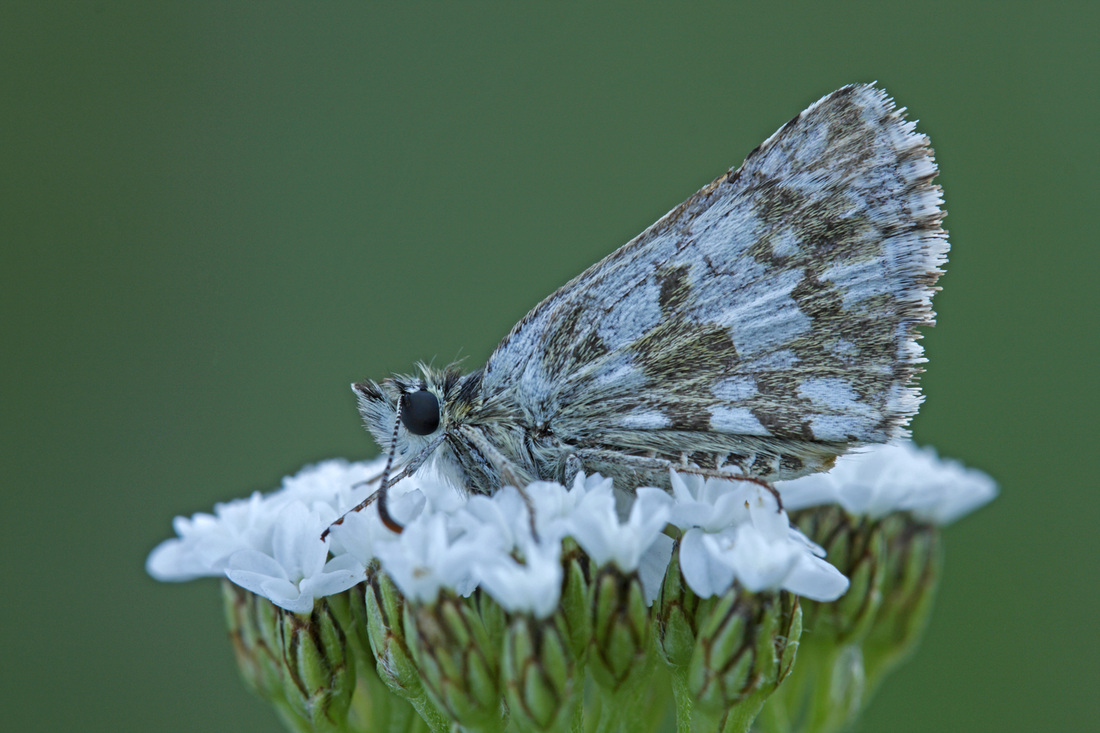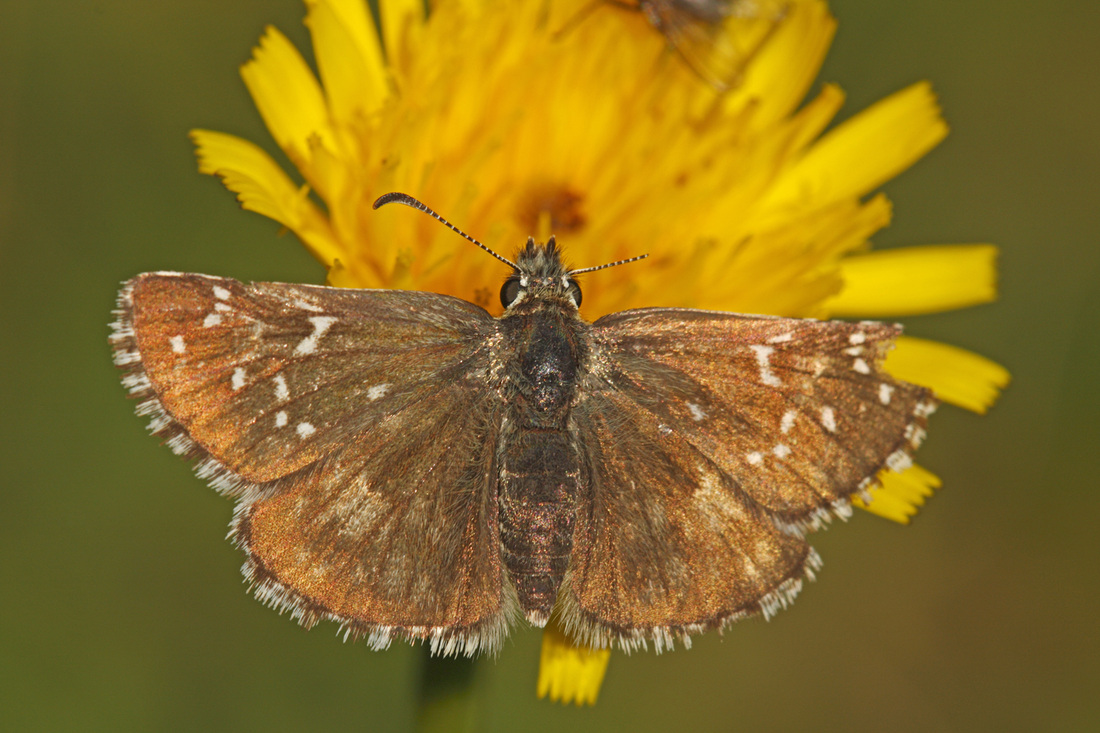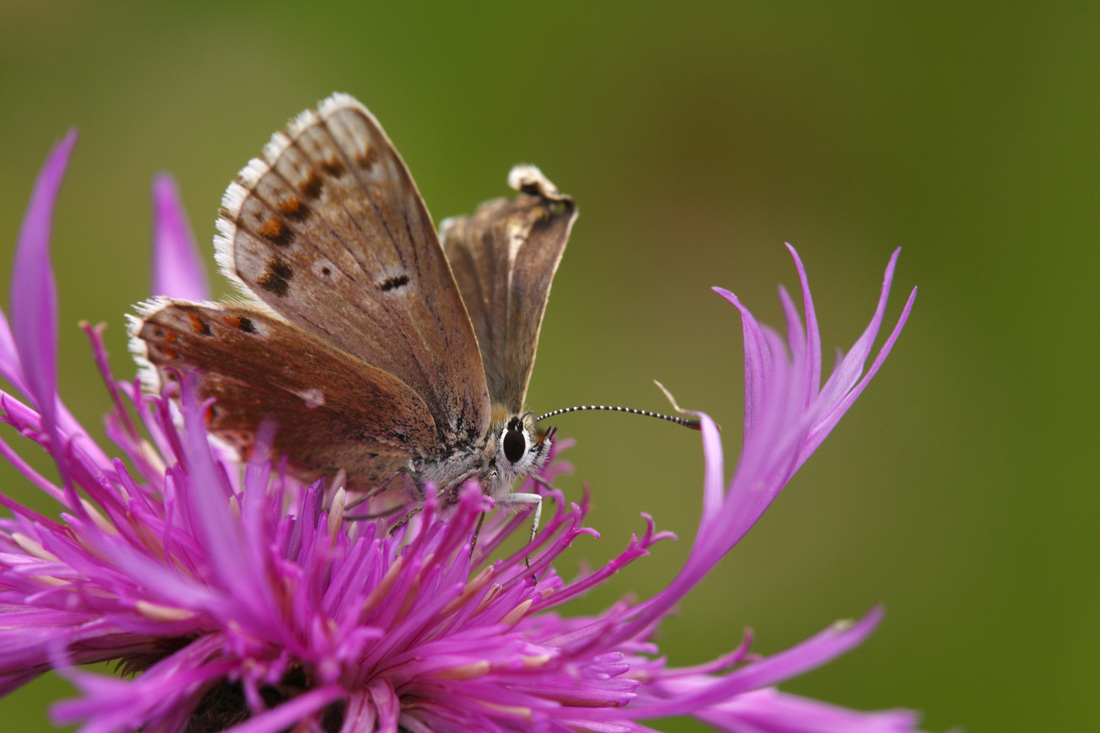- Home
- About
- Blog
-
Butterfly Gallery
- Hesperiidae >
- Papilionidae >
- Pieridae >
-
Lycaenidae
>
- Black Hairstreak
- Brown Hairstreak
- False Ilex Hairstreak
- Green Hairstreak
- Ilex Hairstreak
- Purple Hairstreak
- Sloe Hairstreak
- White-letter Hairstreak
- Large Copper
- Purple-edged Copper
- Purple-shot Copper
- Scarce Copper
- Small Copper
- Sooty Copper
- Violet Copper
- Adonis Blue
- Alcon Blue
- Alpine Blue
- Amanda's Blue
- Baton Blue
- Brown Argus
- Chalkhill Blue
- Chequered Blue
- Common Blue
- Cranberry Blue
- Damon Blue
- Dusky Large Blue
- Escher's Blue
- Geranium Argus
- Glandon Blue
- Green-underside Blue
- Holly Blue
- Idas Blue
- Large Blue
- Mazarine Blue
- Mountain Alcon Blue
- Northern Brown Argus
- Piedmont anomalous Blue
- Provence Chalkhill Blue
- Reverdin's Blue
- Ripart's anomalous Blue
- Scarce Large Blue
- Silver-studded Blue
- Silvery Argus
- Small Blue
- Short-tailed Blue
- Turquoise Blue
- Duke of Burgundy
-
Nymphalidae
>
- Purple Emperor
- Lesser Purple Emperor
- White Admiral
- Southern White Admiral
- Hungarian Glider
- Camberwell Beauty
- Comma Butterfly
- Large Tortoiseshell
- Map Butterfly
- Painted Lady
- Peacock
- Red Admiral
- Small Tortoiseshell
- Assmann's Fritillary
- Bog Fritillary
- Cardinal
- Cranberry Fritillary
- Dark Green Fritillary
- False Heath Fritillary
- Glanville Fritillary
- Grisons Fritillary
- Heath Fritillary
- High Brown Fritillary
- Knapweed Fritillary
- Lesser Marbled Fritillary
- Marbled Fritillary
- Marsh Fritillary
- Meadow Fritillary
- Mountain Fritillary
- Nickerl's Fritillary
- Niobe Fritillary
- Pearl-bordered Fritillary
- Queen of Spain Fritillary
- Shepard's Fritillary
- Silver-washed Fritillary
- Small Pearl-bordered Fritillary
- Spotted Fritillary
- Titania's Fritillary
- Twin-Spot Fritillary
- Weaver's Fritillary
- Satyridae >
- Metamorphosises >
- Alpine Species
- Germany - Eifel
- Butterflies in France
- Butterflies NL
- Threats & Enemies
- UFI
-
Gallery A - Z
- Amphibians
- Aosta - Gran Paradiso
- Ardeche
- Bayerischer Wald
- Beetles
- Bluebell Forest
- Caterpillars
- Cevennes
- Dordogne
- Holy Love
- Hungary
- Insects - Others
- Jumping Spiders
- Kleine Beerze
- Kleine Beerze II
- Koebosch
- Landschotse Heide
- Little Owl
- Luberon
- Lueneburger Heide
- Mercantour
- Mercantour part II
- Orchids Dream
- Pink and Purple
- Snakes and Reptiles
- Spiders
- Spring Flowers
- Strabrechtse Heide
- Styria
- Teutoburger Wald
- Toxic Tales
- Var
- Blog Vosges
- Rust In Peace
|
Today I witnessed the emergence of a parasitoid wasp witch I found in the caterpillar nest of the Red Admiral (Vanessa Atalanta). Unfortunately the emergence took place very quickly and the emerged wasp only rested for a few seconds before she flew away. I tried to find a photo on internet but after reading a lot I think it must be Cotesia vestalis. Please let me know if it is an other wasp species.
0 Comments
In France, the Luberon area, I found a lot of Spotted Fritillaries (Melitaea didyma) but noticed that some of them were different; on the upperside they had lesser spots/dots but on the hindwing they had obvious black spots. On the left (the more brownish butterfly) is the regular Spotted Fritillary with a lot of spots, on the right (the more orange butterfly) is the not regular Spotted Fritillary with lesser spots. An other Spotted Fritillary with lesser spots but with obvious black spots on the hindwing. During my two weeks visit I found three copula's of the Spotted Fritillary without a mix (they were al spotted). The underside of the wing looks also a bit different. About 20% of the Spotted Fritillaries which I found had some characteristics of the trivia species. In my books and on the internet some identification marks are mentioned, like a discocellular vein but this vein was missing on photos which I found. A russian website with a lot of information and photos gave the decisive answer that these provence butterflies are not trivia's. The most obvious difference are the dubble black stripes/spots on the inner side of the orange band on the wing.
I'm not an expert nor a researcher but, also to the fact that I found three copula's with only the spotted Spotted Fritillary, I have the feeling that there is maybe an other subspecies: the didymaeformia trivia? Unfortunately my first external hard disk from 2005 crashed this week and this happening forced me to control al my hard disks....I found out that also some RAW-files on my second hard disk (which is a copy of number one and more) are no longer readable. Since a few days I'm busy copying the remaining files to a new hard disk and found out that I did not process a lot of images of 2005.
In the summer of 2005 I visited Les Chauffours in France for the second time and it was 'bloody' hot. The big garden of the accomodation was full of butterflies and one day I saw a special butterfly. It's a colour deviation of a common France species. Do you have any idea? While photographing this little butterfly, my first intuition told me that this was a brown argus (pl. agestis)....but seeing the images on my laptop, I started wondering if this could be a p. escheri, thersites or a different kind of blue species? Both images are the same butterfly and taken in France, Dordogne 2011 on 11th July.
Please let me know if you have any idea! Twice the same butterfly (photographed in the Ardeche just before and just after sunrise). I thought that this is hyale but in the Ardeche a lot of southern butterfly species were flying and the pictures which I found on internet of alfacariensis looks very similar.
The photo above is taken on 18 July in Austria at about 2200m. In Dutch these kind of skippers are called 'puzzle skippers'. I can tell you that it's a real puzzle to determine this kind of butterflies photographed in unknown area's. If anybody know's a good book about Austrian butterflies, please let me know. An other puzzle.....two photos of the same skipper. Taken on 13 August in Austria at about 1800 m. Pyrgus alveus?
This photo was taken in 2008 in Austria, Ost-Tirol, between 1300 - 1500m. The upperside of the butterfly was sooty brown with, I guess, some orange lunules on the hindwing. Unfortunately this was the only blue butterfly which I found there. Any suggestion is welcome! Thanks to MG: its a P.bellargus.
|
I need YOUR help:
Here you will find some of my unidentified flying insects images and I would appreciate it very much if you would leave your reply/suggestion through the comment option. |
© 1997 - 2024 Silvia Reiche All Rights Reserved.
No image from this site is to be downloaded, copied, duplicated, sampled, modified or redistributed!
No image from this site is to be downloaded, copied, duplicated, sampled, modified or redistributed!
- Home
- About
- Blog
-
Butterfly Gallery
- Hesperiidae >
- Papilionidae >
- Pieridae >
-
Lycaenidae
>
- Black Hairstreak
- Brown Hairstreak
- False Ilex Hairstreak
- Green Hairstreak
- Ilex Hairstreak
- Purple Hairstreak
- Sloe Hairstreak
- White-letter Hairstreak
- Large Copper
- Purple-edged Copper
- Purple-shot Copper
- Scarce Copper
- Small Copper
- Sooty Copper
- Violet Copper
- Adonis Blue
- Alcon Blue
- Alpine Blue
- Amanda's Blue
- Baton Blue
- Brown Argus
- Chalkhill Blue
- Chequered Blue
- Common Blue
- Cranberry Blue
- Damon Blue
- Dusky Large Blue
- Escher's Blue
- Geranium Argus
- Glandon Blue
- Green-underside Blue
- Holly Blue
- Idas Blue
- Large Blue
- Mazarine Blue
- Mountain Alcon Blue
- Northern Brown Argus
- Piedmont anomalous Blue
- Provence Chalkhill Blue
- Reverdin's Blue
- Ripart's anomalous Blue
- Scarce Large Blue
- Silver-studded Blue
- Silvery Argus
- Small Blue
- Short-tailed Blue
- Turquoise Blue
- Duke of Burgundy
-
Nymphalidae
>
- Purple Emperor
- Lesser Purple Emperor
- White Admiral
- Southern White Admiral
- Hungarian Glider
- Camberwell Beauty
- Comma Butterfly
- Large Tortoiseshell
- Map Butterfly
- Painted Lady
- Peacock
- Red Admiral
- Small Tortoiseshell
- Assmann's Fritillary
- Bog Fritillary
- Cardinal
- Cranberry Fritillary
- Dark Green Fritillary
- False Heath Fritillary
- Glanville Fritillary
- Grisons Fritillary
- Heath Fritillary
- High Brown Fritillary
- Knapweed Fritillary
- Lesser Marbled Fritillary
- Marbled Fritillary
- Marsh Fritillary
- Meadow Fritillary
- Mountain Fritillary
- Nickerl's Fritillary
- Niobe Fritillary
- Pearl-bordered Fritillary
- Queen of Spain Fritillary
- Shepard's Fritillary
- Silver-washed Fritillary
- Small Pearl-bordered Fritillary
- Spotted Fritillary
- Titania's Fritillary
- Twin-Spot Fritillary
- Weaver's Fritillary
- Satyridae >
- Metamorphosises >
- Alpine Species
- Germany - Eifel
- Butterflies in France
- Butterflies NL
- Threats & Enemies
- UFI
-
Gallery A - Z
- Amphibians
- Aosta - Gran Paradiso
- Ardeche
- Bayerischer Wald
- Beetles
- Bluebell Forest
- Caterpillars
- Cevennes
- Dordogne
- Holy Love
- Hungary
- Insects - Others
- Jumping Spiders
- Kleine Beerze
- Kleine Beerze II
- Koebosch
- Landschotse Heide
- Little Owl
- Luberon
- Lueneburger Heide
- Mercantour
- Mercantour part II
- Orchids Dream
- Pink and Purple
- Snakes and Reptiles
- Spiders
- Spring Flowers
- Strabrechtse Heide
- Styria
- Teutoburger Wald
- Toxic Tales
- Var
- Blog Vosges
- Rust In Peace
